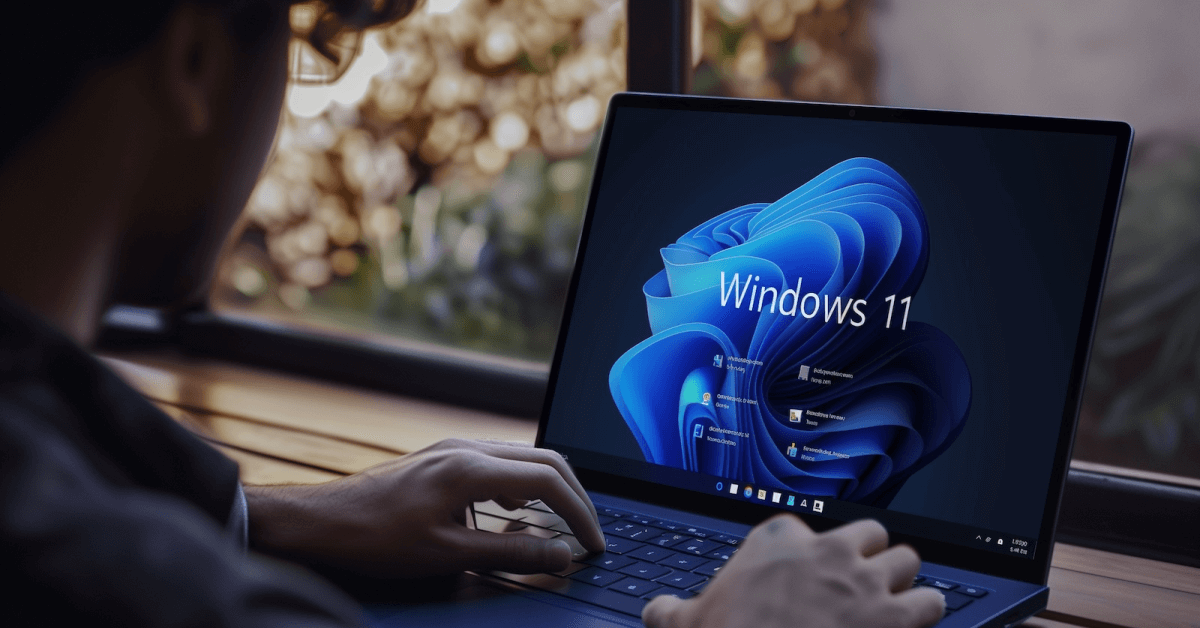No results found
Featured
Latest Posts
Your Windows 11 Migration Is Looming – but There’s a Bot for That
Struggling with your Windows 11 migration? Discover how Ivanti Neurons bots automate upgrades, reduce IT strain, and improve end-user experience.
From legacy to security: Ivanti Connect Secure
When I took on leading the Network Security Group (NSG) at Ivanti in October 2024, it was a bit like a homecoming for me. You see, I spent almost two decades overseeing the development of these products before moving on to other responsibilities at Ivanti. NSG is responsible for building and maintai…
Windows 11 Migration: Ivanti's Customer Zero Journey with Win11 Upgrades
Learn how Ivanti is leading its Windows 11 migration using Ivanti Neurons, minimizing disruption and extending support for ineligible devices.
Apple WWDC25 Announcement of Enterprise IT Enhancements
At WWDC25, Apple announced a set of updates aimed at simplifying IT management for enterprises. Learn how they can be applied effectively in enterprise environments.
Is Your ITSM Environment Ready for Agentic AI? Probably Not (Yet)
Explore what it takes to adopt agentic AI in ITSM—data, workflows, compliance, and goals. Is your environment ready to evolve?
July 2025 Patch Tuesday
Patch Tuesday July 2025 is a sizeable one, but no significant security risk. Microsoft resolved 130 new CVEs, including one public disclosure. Make sure to apply your Google Chrome and Microsoft Edge updates.
July Security Update
This month Ivanti is disclosing vulnerabilities in Ivanti Connect Secure and Policy Secure, Ivanti EPM, and Ivanti EPMM.
How CIOs Can Optimize IT Costs and Eliminate Wasteful Spending
Discover how CIOs can reduce wasteful IT spending, improve IT asset management and align technology investments to business goals using Ivanti’s 2025 insights.


